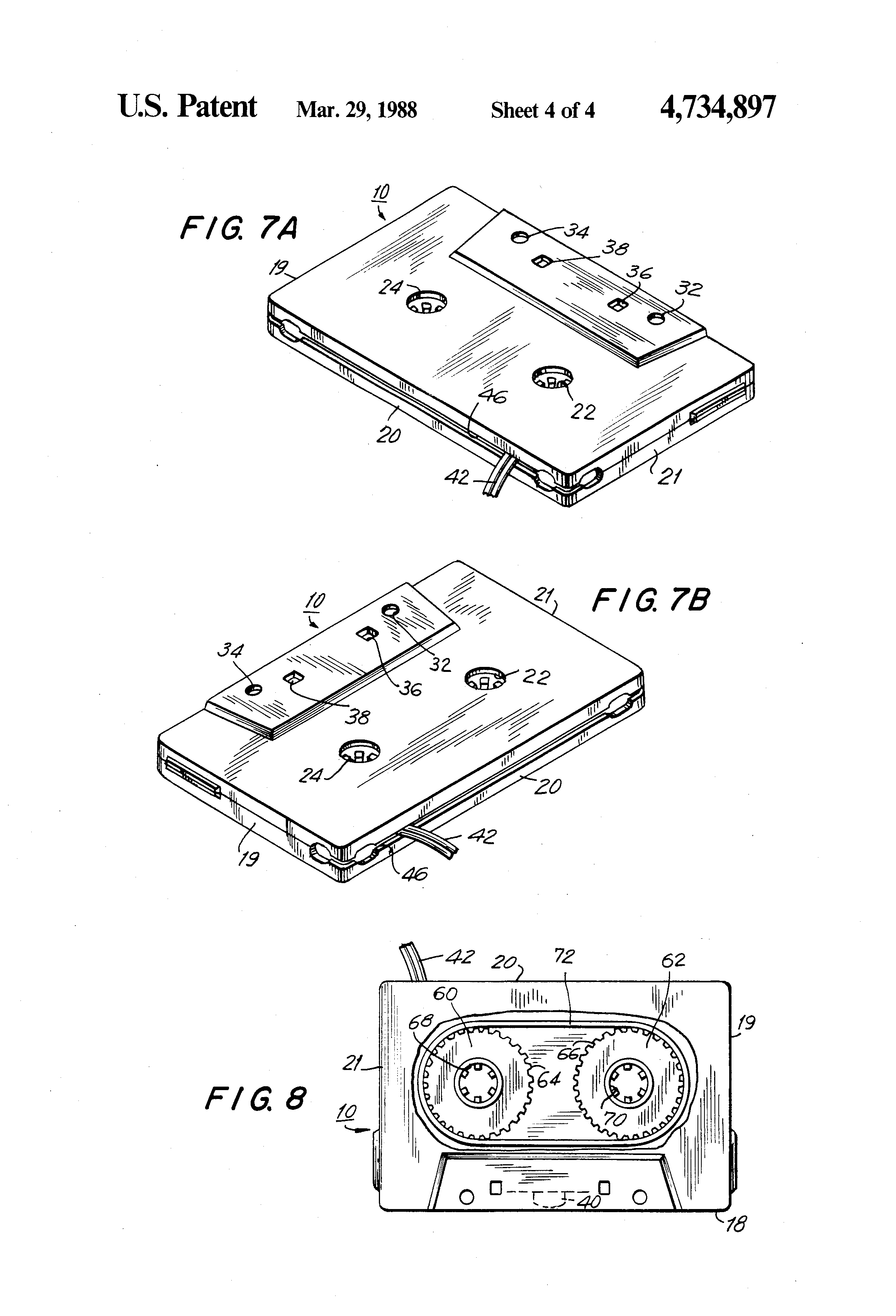If you’re still driving an old beater of a car, it might be the one thing keeping Google Maps pulsating through your speakers.
But in prior generations, it might have driven your iPod, or a Sony Discman. (Depending on how long you’ve been driving said beater, perhaps even the same adapter.) It’s a fairly cheap device, and while it might look like a tape, it’s really more of an amplifier of sorts.
I’m, of course, talking about the car cassette adapter, a novel device that has become a fact of life for anyone who still has a cassette deck in their car. If you’ve ever owned one of these miracle devices, you might have wondered how it works, especially considering there’s no tape to speak of.
The device is the work of Larry Schotz, an electrical engineer and serial inventor who was responsible for a number of major innovations involving audio and video equipment during the 80s and 90s, including expertly set FM tuners, oddly-shaped rabbit ears, and some of the earliest wireless speaker systems.
The genius of Schotz’s invention is that it effectively subverted the cassette tape’s existing mechanisms. A tape player works by transmitting electromagnetic signals collected on an audio tape using the “head” of the tape, converting them into analog audio sound, and amplifying them. In many ways, the cassette adapter works by transmitting the signal directly from the head, rather than from the tape. The fact that no magnetic tape was involved likely cut down on mechanical noises, better known as tape hiss.
From Schotz’s 1986 patent filing for the device:
An electrical conductor, such as a dual lead conductor, is coupled at one end to a plug that is compatible with the usual headphone jack of the other sound producing device and is connected at its other end through an audio circuit to the record head. When the adapter is loaded into the cassette playback deck and that deck as well as the other device both are operated, signals produced by the other device are coupled, by means of the aforementioned conductor and audio circuit, to the record head from which those signals are applied to the playback head of the cassette playback deck and, thence, those signals are reproduced by the audio system.
So what created the sudden demand for such a device in the mid–1980s? Easy—the CD player, which only just started being sold in portable form by 1986, was too new at the time to be a common feature of many cars, and was an expensive luxury early on.
As you might remember, early portable CD players had a tendency to skip. There was only so much an adapter could do about that—but at the very least, it could get the music pumping through your speakers.
Schotz’s invention, initially sold by a company named Recoton, was one of two technologies being pushed by the electronics industry to bring audio to the cassette decks of yore. The other was an “FM adapter,” which effectively created a tiny radio station that your car could then transmit at a specific frequency. A 1986 Popular Mechanics review of a prototype version of the Recoton cassette adapter, along with an on-the-market FM adapter from a firm named Sparkomatic, said that the quality of the audio from the two devices was effectively the same—but that the cassette adapter was more convenient to use.

“Of the two adapters, Recoton’s is the most convenient since there’s nothing to install,” reviewer Terry Shea wrote. “However, it does require that you have a tape deck, and it doesn’t offer a built-in power supply for the CD player as the Sparkomatic’s adapter does.”
And ultimately, the tape adapter became much more common, due to the fact that it was both cheap and easy to use. (That said, the FM adapter became much more common starting in the 2000s, as more car stereos came with CD decks—and suddenly, consumers grew interested in plugging in a variety of external devices, such as iPods.)
These days, a cassette deck is basically impossible to find on a modern car—the last model to come with a tape deck built in came out a decade ago—making the tape adapter something of a relic of its time. And while the adapter has evolved over time due to the declining use of the headphone jack—it’s now possible to buy a cassette adapter with a built-in Bluetooth connection—it’s only a matter of time until the cassette deck itself becomes a thing of the past in cars.
But there was a time that cassette tapes were also brand new—and they, too, required adapters. In the early 1970s, it was possible to buy eight-track adapters, which effectively used a tape head mechanism similar to that used in more common cassette adapters. And as Popular Mechanics noted in 1972, while such converters generally allowed eight-tracks to support compact cassettes, it was even possible to buy an adapter to add FM radio to a car stereo system that didn’t have it.
If you want to be extra nerdy, I recommend getting your hands on an eight-track to cassette adapter, then plugging in a cassette adapter with a headphone jack, then plugging that into your iPhone 6s. Who knows—it might just work.
from VICE https://ift.tt/33poh8m
via cheap web hosting
No comments:
Post a Comment